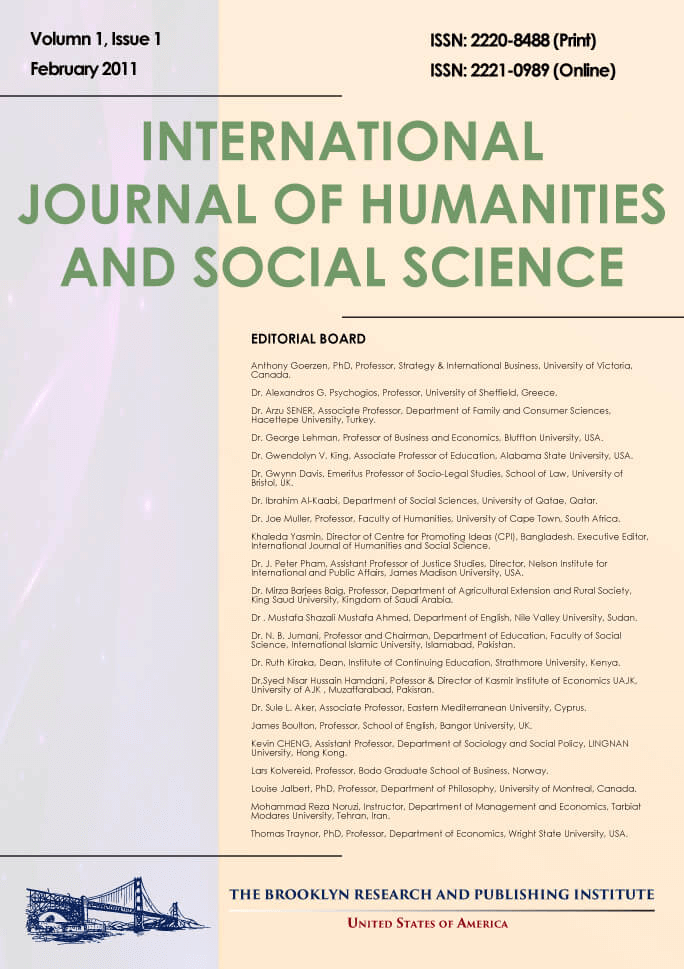The Complexities and Challenges of Graduate Unemployment in KwaZuluNatal: South Africa
Abstract South Africa suffers from high unemployment rates, with the official unemployment rate currently sitting at 34.9% and youth unemployment at over 45%. Therefore, the main objective of this study was to assess unemployment challenges among graduates in KwaZulu-Natal, and to recommend solutions and interventions that will address this challenge. Data was collected from 1853 graduates in KwaZulu-Natal, using online survey questionnaires. Most graduates had a bachelor’s degree (664), followed by Diploma (653), Honours or postgraduate Diploma (241) and lastly BTech (127). The challenges faced by graduates include, but not limited to: (i) Job availability vs number of graduates (i.e., limited number of job opportunities vs high number of graduates, (ii) Lack of relevant experience to qualify for jobs, (iii) Limited or no job opportunities in their field of study, (iv) Limited internship/ learnership programmes vs high number of unemployed graduates, (v) Overqualified with no experience and (vi) Misalignment with the labour market demands.[email protected]
Note: Citation statistics will only be available once the article is indexed in Google Scholar.


